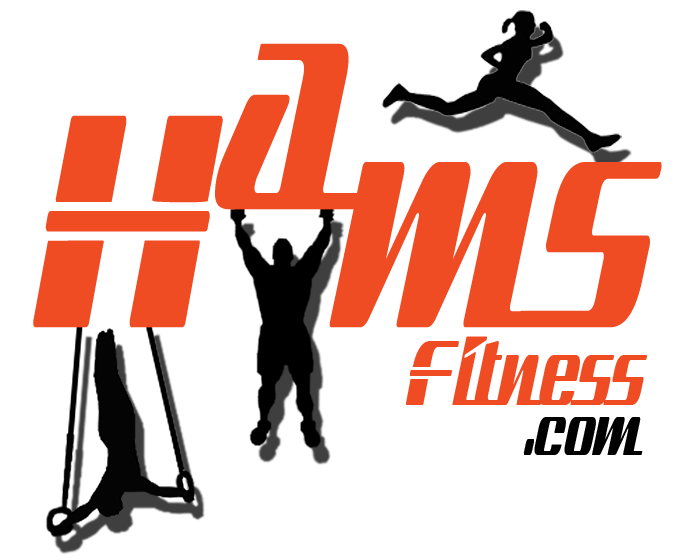What is Muscle Tone; Muscle Toning Explained
“Muscle tone is the resting electrical activity of a muscle”
Which means what to you and me?
When a muscle contracts and performs work, any work, it does so at the command of the nervous system sending an electrical signal, in the same way a light switch turns on a lamp.
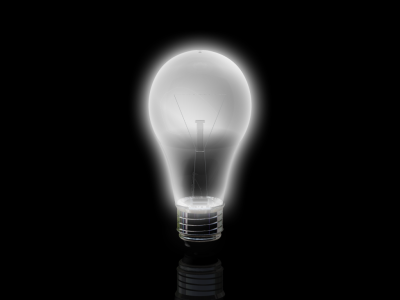
Light (muscle) on…
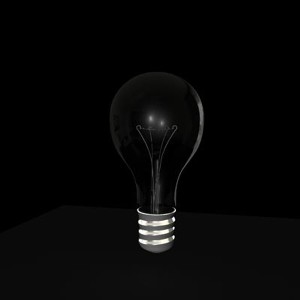
Light (muscle) off…
The main difference here is that a muscle is never really “off” but merely “dimmed”…
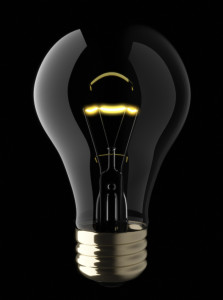
“Dimmed” = low muscle tone
There is always some current running through it. The difference between a saggy set of bingo wings and a firm pair is the result of the left over current running around when the muscle is “dimmed”.
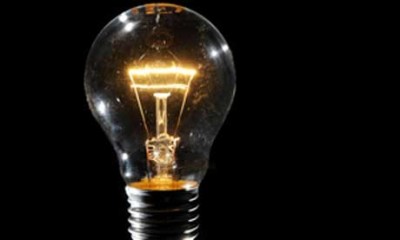
“Less dimmed” = high muscle tone
A picture is worth a thousand words…
The bum on the left is representative of the “Less dimmed” bulb that has more current flowing through it at rest.
The bum on the right is the bulb that is “Dimmed” and has little current flowing through it at rest.
Which ultimately leaves the question of how do we ensure a muscle has more current (tone) flowing through it when rested than our “Dimmed” one above?
Muscle Toning Explained…
It’s a matter of effort.
Exercise works because we have to “switch on” our muscles and the harder, longer and more frequently we switch them on, the more toned we become.
In order of efficiency for muscle toning:
- Walking
- Jogging
- Running
- Sprinting
- Weight Training
That list should show that the harder an exercise is the better at toning it is.
I understand that people get worried about “bulking up” when they see the term weight training but in my experience it is the diet that accompanies the training that is the culprit for getting bigger muscles and seeing as the vast majority of people looking to tone their muscles are also looking to shed excess fat it would seem obvious that they are on a reduced calorie programme and will not be consuming enough calories to get bigger.
Which Exercises for Which Body Parts?
Legs & Bum…
The top five here have to be
1) Deadlift
2) Squat
3) Sprinting
4) Lunges
5) Hill Sprints
Abs…
Top five
1) Ab wheel
2) Suitcase walk
3) Plank
4) Sprinting (it’s great!)
5) Press ups (really)
Arms & Shoulders…
Top five
1) Dumbell Press
2) Chin ups
3) Dips
4) Overhead Dumbbell Extentions
5) Barbell Curl
Chest and Back…
Top five
1) Press ups
2) Barbell or Dumbbell Row
3) Dumbbell Bench Press
4) Deadlift
5) Dips
You’ll some overlap there in exercises and body parts and that is because a lot of great exercises work more than area at a time which is great for us as it means we need to spend less time working out!
There will also be some movements there you’ll think you can’t perform but don’t worry; all of the exercises can be scaled to suit your needs.
How heavy you lift or how many repetitions you perform doesn’t really appear to matter a great deal and will vary wildly on each person preference.
The one thing that is of utmost importance is how you work when you lift.
Lifting heavy is high effort right from the get go but if you decided to use lighter weights for higher reps then it is really important that you keep lifting until you can’t to ensure that you really do “switch on” your muscles.
Due to the way the body works it will only turn up the current to the muscles when the weight is heavy enough or the length of time a weight is lifted is long enough.
Summary
- Tone = resting tension in a muscle
- Either high or low reps can increase tone
- Diet dictates “bulking up”
